Barchan Dunes and Skeleton Coast- A ghostly shore of Namibia
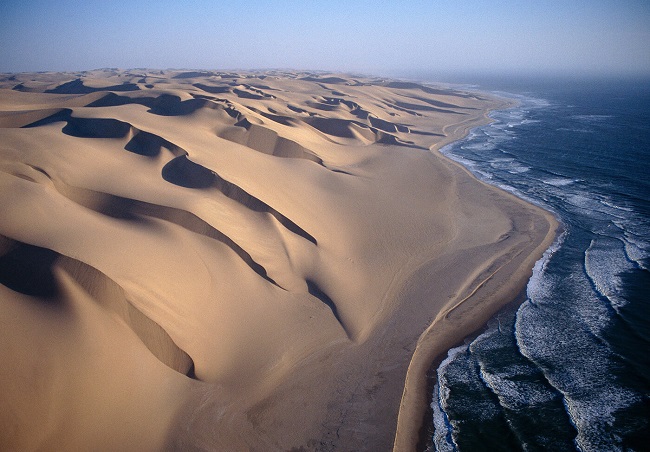
The coast is consist of soft sand, interrupted by rocky outcrops. The southern section consists of gravel plains, while north of Terrace Bay the terrain is dominated by high sand dunes. The Skeleton Coast is also known for its innumerable rusting shipwrecks site. The winds of the Benguela clashes with the shoreline night and day. No one knows how many ships they’ve swept onto the barren rocks, but the wreckage is visible every few kilometers.
Geology of the area
The Huab River is a very remote and narrow river system that has one of the larger drainage systems of the dry valleys along the Skeleton Coast. The river system is composed mainly of the Karoo Etjo sandstones in the interior and volcanic-derived dolerite sills near the coast. There are other landforms in the valley, including Nebkhas, barchans dunes, coastal sabkhas, quartz gravel plains, and gravel-covered desert pavements.
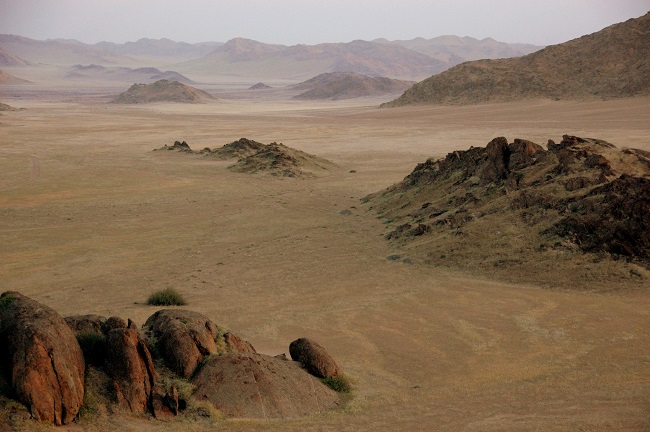
Skeleton Coast dune field is dominated by varieties of crescentic dunes. Barchan dunes are common along the eastern margin of the dune field and locally on its western and southern edges. A few compound crescentic (mega barchan) dunes exist in these areas. Apart from this, the beaches around Mowe Bay shine with multicolored, gemstones and Semi-precious stones such as red garnets, agate, amethysts, magnetite, ilmenite, and carnelians. Barchan dunes are unstable and mobile, with two horns facing downwind, the direction in which they move.
The skeleton coast national park
Skeleton coast national park has two-part. The northern part stretches from Torra Bay up to the Kunene at the Angolan border. This area is the most attractive area of the park. The southern part stretches from the Ugab River up to Torra Bay. National West Coast Tourist Recreation Area in South of the Skeleton national park. It is an individual coastal stretch of about 180 km length from the Ugab mouth south to Swakopmund and Walvis Bay.

The Skeleton Coast offers an epic view of the churning ocean in the endless desert sand. The shoreline is partly preserved in a 6,300-square-mile national park. The coast is full of skeletons whale bones, plane wreckage as well as cargo ships and fishing boats, possibly a thousand of them, slain by a lethal accident in dense coastal fog and shallow rocky outcrops.
The world’s largest ship Cemetary
Skeleton coast shipwrecks site is the world’s largest ship cemetery site where Numerous ships have been stranded. The cold Benguela Current of the Atlantic Ocean clashes with the sand dune and desert landscape of the Coast. The fog, rough sea, unpredictable currents, and stormy winds perhaps make sailors not able to make it to the land at the place. Despite the hostile character of the Skeleton Coast, there are a number of wild animals to see.
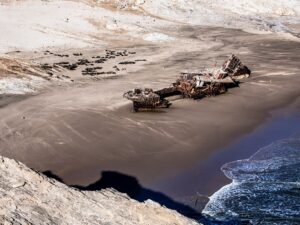
Skeleton coast tours
Skeleton coast beach Namibia has tremendous scope to surf on the Coast. Skeleton Bay is now known as a great location for surfing and The Saltyjackal, a surf camp located in Swakopmund. In terms of wildlife, the harsh desert environment has few mammals to see here, but marine life off the Atlantic Coast is abundant with seals and sea birds, and the waters that are touched by the icy Benguela current are filled with fish. Some of the inland riverbeds are nonetheless home to giraffes, black rhinos, baboons, and springbok. The true natural wonders of the coast lie rather in the astonishing scenes – the mists caused when the cool coastal airs hit the sun-baked sands and the rock formations that have remained largely unaltered over millions of years.
Also read- Granite Inselberg in Sprawling artificial lake- Guatape Colombia
Skeleton coast activities
There are generally two feasible ways to explore the Coast. Driving north up the coast from Swakopmund will take you through some of the amazing landscapes of the National West Coast Tourist Recreation Area. Further north from Swakopmund you will be immersed in the wilderness of the National Park, with Terrace Bay being the last feasible place to stay.
The second popular option is to explore through Private owned Skeleton Coast Safaris. Light aircraft flights with birds-eye views over the coast will take you to the desert-based camps where you will stay in the heart of the unique natural environment. Weaving patterns of ancient rivers and waterways, bright multi-colored swathes of sand, and mountain ranges, this is the most breathtaking view from the sky.
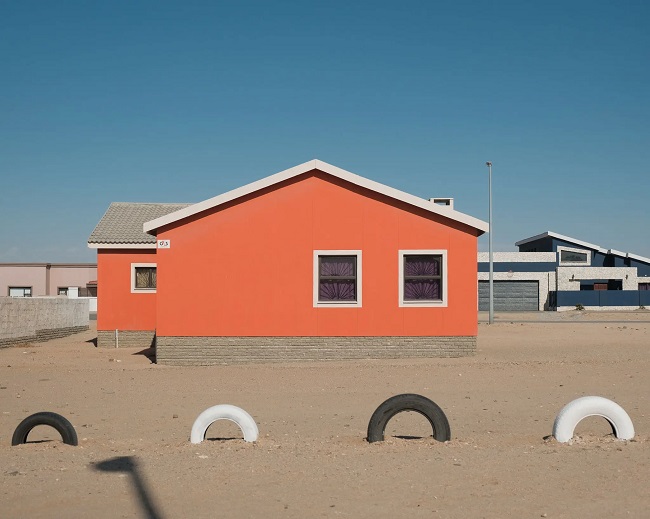
Skeleton Coast Camp lies within the Skeleton Coast Park, bordering the north-western edges of the Namib Desert. Skeleton Coast Camp is built on an island in the dry Khumib riverbed, about 20km inland from the coastline. Hoanib skeleton coast camp is another destination, From here tourists can see Namib Desert’s rust-colored arid plains, desert-adapted wildlife like elephants, lions, hyaenas, giraffes, oryxes among the regular sightings.
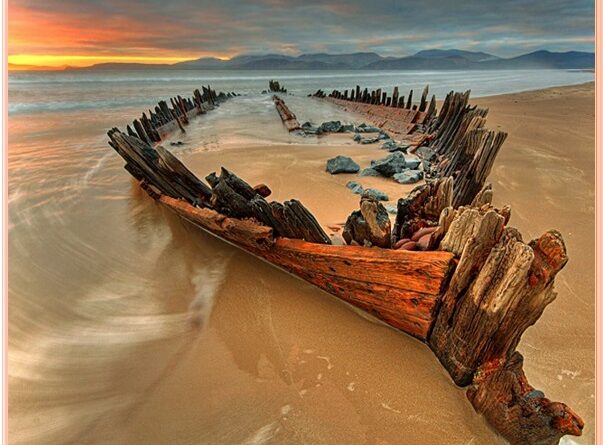
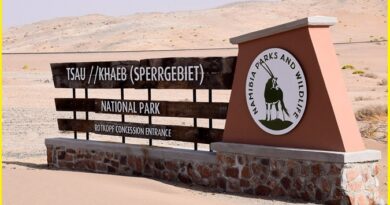
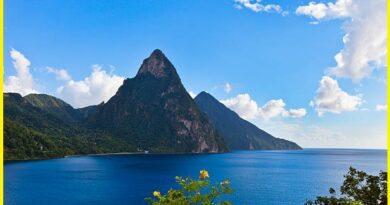
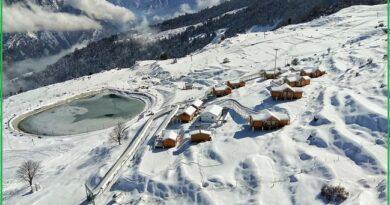
Pingback: Monteverde cloud forest and Arenal Volcano-The Costa Rican Wonder - Geotourism